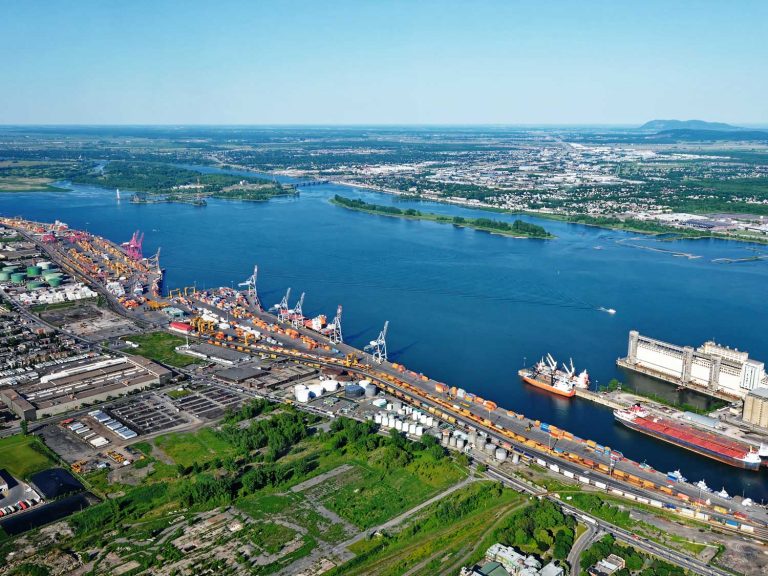
Date:
Container sea freight carrier reliability drops to an historical all-time low
Despite continuing global demand and freight rates breaking all records, vessel schedule reliability hit an all-time low in August and now ports have begun to turn away empty containers, due to the build-up of equipment that is delayed in its removal as a consequence.
Although schedule reliability has hovered between 35%-40% for most of the year, on the main ocean trade lanes, it dropped to 33.6% in August which, according to Sea-Intelligence data, is an all-time low for the 10 years it has tracked global schedule reliability.
Maersk, the best performing big carrier, is planning port omissions to improve schedule reliability, which are almost certain to include UK ports. This will create even greater delays for importers as containers destined for the UK are unloaded in ports on the Continent and require being feedered back to the final destination. Yet we hear today that Felixstowe is refusing to accept Maersk, Evergreen and CMA empties, as they have exceeded storage limits. (NOTE – We are taking immediate action to mitigate impact on our customers. See below.)
On an annualised basis, global reliability in August 2021 was -30.1% lower than August 2020, which continues the astonishing trend of yearly declines of over -30.0% in each month in 2021 so far. Bear in mind this is the global average considering all trades and there will be an even greater impact on specific shipping lanes. In addition this measure is only based on the quay to quay sector of a container movement and does not include further impact at origin or destination. If it was possible to assess and quantify the door to door comparison it is likely that 90%+ of movements have been lengthened since the pre-pandemic transit levels.
The schedule reliability decline is being shown most starkly on the Transpacific trade where performance has dropped to a staggering 9.9% (with the three alliances only averaging between 3.4% and 7.8%) the first time any of the 34 trade lanes has dropped below 10% since measurements were started 10 years ago.
The physical number of vessels deployed on liner services is a contributing factor in port congestion and the ensuing impact on schedules, with NAWC moving from an average of 1.9 vessels per week in 2019, to 5 in 202 and spiking further in 2021.
On Asia-North Europe, under normal circumstances, very few extra vessels are deployed and the initial impact of the pandemic was muted. This started to increase in 2021 and worsened due to the Suez Canal blockage, which has left ports handling more vessels than they are used to, which in turn adds to the bottleneck problems.
Unsurprisingly the average delay for late vessel arrivals also continued to deteriorate, increasing monthly by half a day to 7.57 days in August.
Maersk Line, was the most reliable top-14 carrier in August 2021, with schedule reliability of 45.6%, followed by Hamburg Süd with 38.0%. Another three carriers had schedule reliability between 30%-40%, with only three carriers recording schedule reliability of 20%-30%.
Six carriers had schedule reliability of under 20%, with Evergreen recording the lowest August 2021 schedule reliability of just 11.5%. Only HMM recorded a M/M improvement in schedule reliability, of 1.6%, while no carrier recorded a Y/Y improvement, with the smallest Y/Y decline of -24.2% recorded by Maersk Line.
To improve schedule reliability Maersk has announced its plan to adjust vessel voyage numbers on Asia-North Europe services to match the corresponding actual weeks of departure. Blaming strong demand and network disruptions for hammering their schedule reliability.
Maersk is reducing the number of port calls to improve reliability and suggest that customers will want to plan their supply chains well ahead, particularly for the upcoming peaks.
China’s October Golden Week, Christmas and Chinese New Year will drive strong demand for container shipping for the last quarter of 2021, but port congestion, especially in Asia and Europe, and service delays are expected to put even more pressure on service schedules.
It is estimated with the delays and lengthening of the transits in the supply chain this is causing the equivalent of 10-25% reduction in container capacity and equipment availability with boxes being in the wrong place at the wrong time and unable to be utilised. In addition the impact on ports in creating congestion and the consequences of vessels arriving in bunches (as has been widely reported on the west coast of the USA) this creates further delays on arrival at destination, further diminishing reliability and the conveyance of products to market.
With network utilisation likely to remain above 95% for the largest carriers, due to current high demand and the virtual withdrawal of supply, with the extended shipping times, it is likely that the lines will implement extra loaders and ad hoc port omissions to help them improve reliability.
Repositioning empty equipment is critical, and as boxes remain in Europe, USA and other regions the severity of container shortages increases across Asia, which the lines have used to justify recent reductions in arrival free time and increases in storage fees.
The decision by the Port of Felixstowe to reduce empties is profoundly disturbing and while the lines are offering alternative restitution depots, these will all likely incur additional cost.
Our transport team has arranged some short term solutions to protect our customers, but clearly the situation will delay import activity, lead to build-up of empties inland and deteriorate, if it continues into next week.
We negotiate rate and volume agreements across all three alliances, so that we can access the biggest range of schedule reliability, service offerings and rates.
